Nothing terribly formal here … I just felt like shooting the donkey and the owls (a Wolf original sculpture in soapstone) … so I popped them onto a bed and lite the room with the trusty horrid halogens that make for such a tough test for my bad light ISO ladders.
Here is D700’s attempt to deal with this light. Not great …

That’s the Tammy shot in basic jpeg along with the raw image. So here is the raw image processed in ACR and downsized and sharpened appropriately to render the sculpture as it looks in real life …
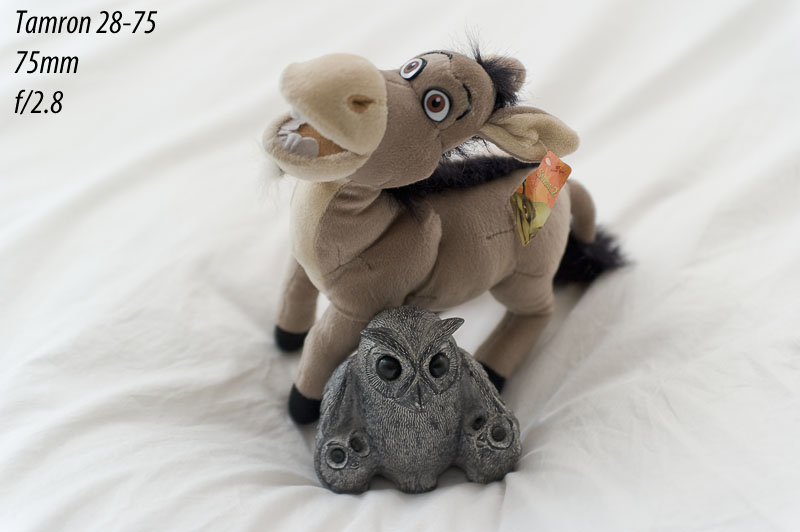
Some observations (which are a little easier to see if you click through to the larger version) … first, the Tammy id decently sharp wide open. At 2.8, shooting at 75mm, the Donkey’s tail is already blurred, so this lens creates very nice soft backgrounds. And note that the proportions here feel very natural. A pretty nice portrait lens.
But then there is the Nikon 85mm 1.8D … here it is shot wide open.
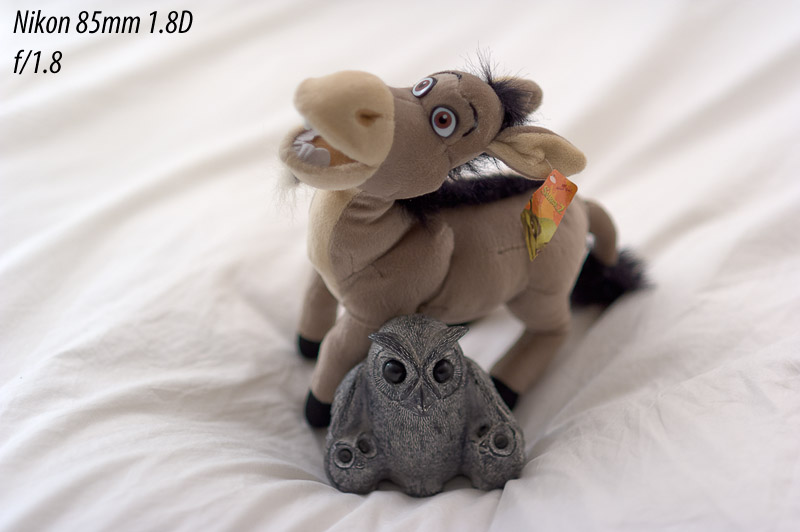
First thing to note is that the owl looks a little less sharp. (Again, click through to see what I mean.) But that’s more a question of the extremely shallow depth of field than any inherent weakness of the lens. The bottom of the owl is already blurring. Remember that this image has 1.33 stops more aperture and thus that much less depth. This is a great portrait lens.
Switching to the Nikon 70-300VR to get very different perspectives on these fellas. The first image is at 70mm, which on this lens is as sharp as any prime. This lens is liked even by professionals because it gives up no sharpness to lenses 5 times the cost … the one thing it does give up is aperture. Of course, that is no small thing which is why so many people still carry the back-breaking 70-200VRII …
Anyway … here is is in all its glory.
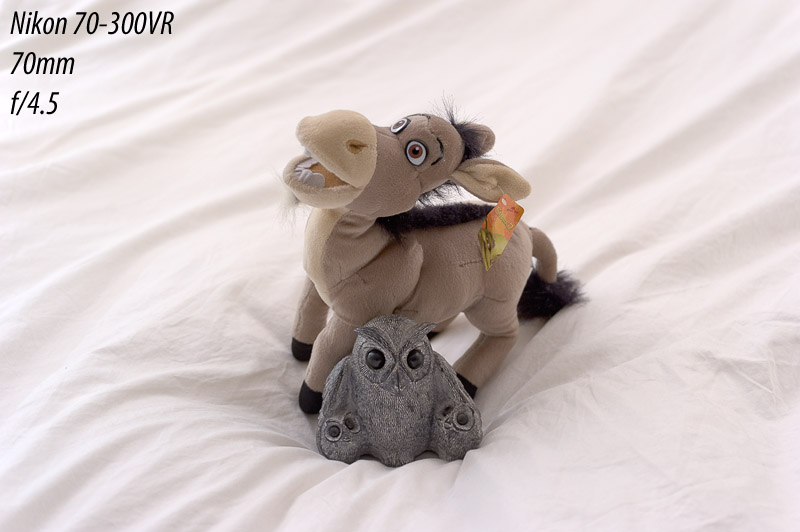
A couple of things are immediately apparent. First, the image is smaller from two causes: the lowest focal length of the bunch, and the worst closest focus distance of the bunch. So not a great close up focal length on this lens. Still, a nice image and wicked sharp. Because of the higher wide open aperture, there is more depth of field, which means everything is nicely focused, assuming that is desirable in this instance. The background is obviously also in focus, which is rarely desirable.
Obviously, the similar focal length does leave these two in pretty natural proportion to each other. But let’s shoot at 210mm now …
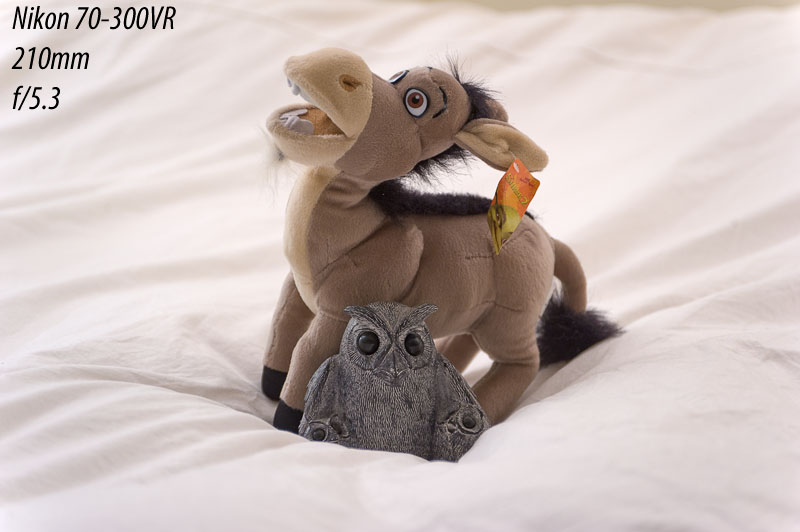
To shoot this, I had to back off, which lowers the angle of attack. The longer focal length pulls the background in and makes depth of field quite shallow. This lens remains stunningly sharp from 70 through 200 and obviously this focal length is still pretty amazing.
The proportions are changing a bit here … the whole frame is compressed from front to back, which affects the previously mentioned background, but also has an effect on the subjects themselves. They look shallower, which flattens faces etc. It’s a nice portrait length I find.
And finally … I back off even further and shoot at 300mm.
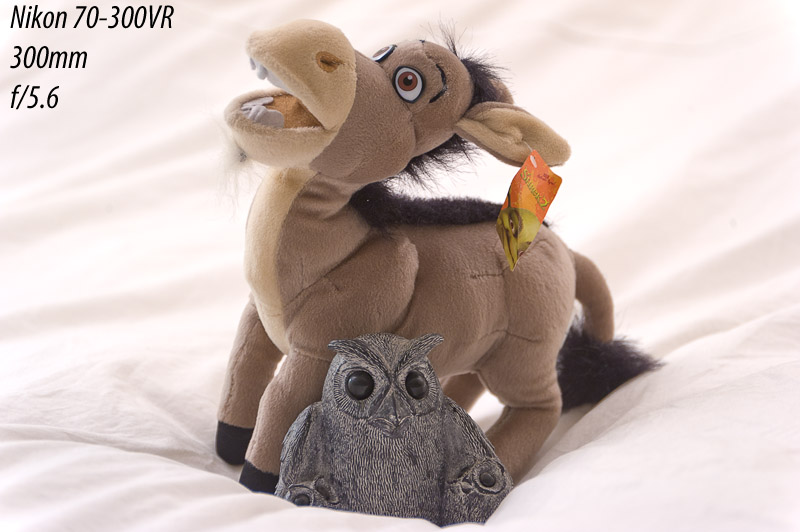
I’m really liking this image … I have always loved the look of head shots at 300mm. Flattens everything out nicely and pulls the background really close while softening it. This is how people are shot against the setting sun etc. … the longer the lens the better.
And for those who like to chant that this lens is not sharp at 300, well, that’s true for edge to edge sharpness, but for portraits it is plenty sharp as it does not have problems in the center. Quite lovely.
This lessening of the depth is very pronounced as focal length gets longer. This is why you should be shooting street candids, flower portraits, that kind of thing from a long way away at full zoom mostly. It helps to isolate the subject by narrowing the amount of background that can be seen and by pulling it inward and blurring it somewhat. Shooting at 300mm can make what would have been a mediocre image at 50mm look great …
Remember that this is not a formal test … just a bit of fun with focal lengths.
No comments:
Post a Comment